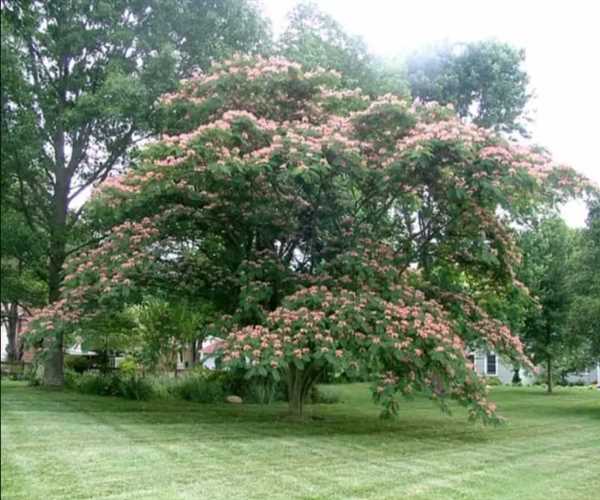Air pollution is a growing problem in cities around the world, contributing to respiratory diseases, heart problems and other health issues. Fortunately, nature has provided us with one of the most effective and cost-efficient ways to mitigate air pollution: trees. Trees absorb carbon dioxide and other pollutants, produce oxygen, and provide shade, among many other benefits. But not all trees are equally effective at reducing pollution. Here we discuss which tree reduces pollution the most.
The Importance of Urban Trees
Urban trees have the potential to be one of the most effective ways to reduce air pollution in cities. According to research, planting 20% more trees in cities would save an average of $500 million annually in health costs and would absorb 10% of annual carbon emissions from cities. Trees help to filter out air pollution, such as nitrogen dioxide, ozone, and particulate matter, which can cause respiratory and cardiovascular diseases.
The Most Effective Anti-Smog Trees
Not all trees are equally effective at reducing air pollution. Some species are better than others at absorbing pollutants and producing oxygen. According to the study conducted by the Institute of Atmospheric Pollution of the Italian National Research Council, some of the most effective anti-smog trees are:
- Persian Silk Tree: This tree is effective in absorbing particulate matter, which can cause respiratory problems.
- White Mulberry: This tree can absorb nitrogen dioxide, a common air pollutant that can cause respiratory problems.
- Wild Cherry: This tree is effective in absorbing nitrogen dioxide and particulate matter.
- London Plane: This tree can absorb particulate matter, nitrogen dioxide, and sulfur dioxide, which are common air pollutants.
- Cedar: This tree is effective in absorbing nitrogen dioxide and can also help to reduce noise pollution.

Conclusion
Trees have the potential to reduce air pollution, improve air quality, and promote good health. However, not all trees are equally effective at reducing pollution. The trees mentioned above are among the most effective in reducing air pollution, absorbing particulate matter, and removing nitrogen dioxide from the air. Planting more of these trees in cities would not only help to reduce air pollution but also provide numerous other benefits, such as improving mental health, reducing noise pollution, and increasing property values. It is important to recognize the value of trees as a natural solution to pollution and to protect them, particularly in urban areas where they are needed the most.